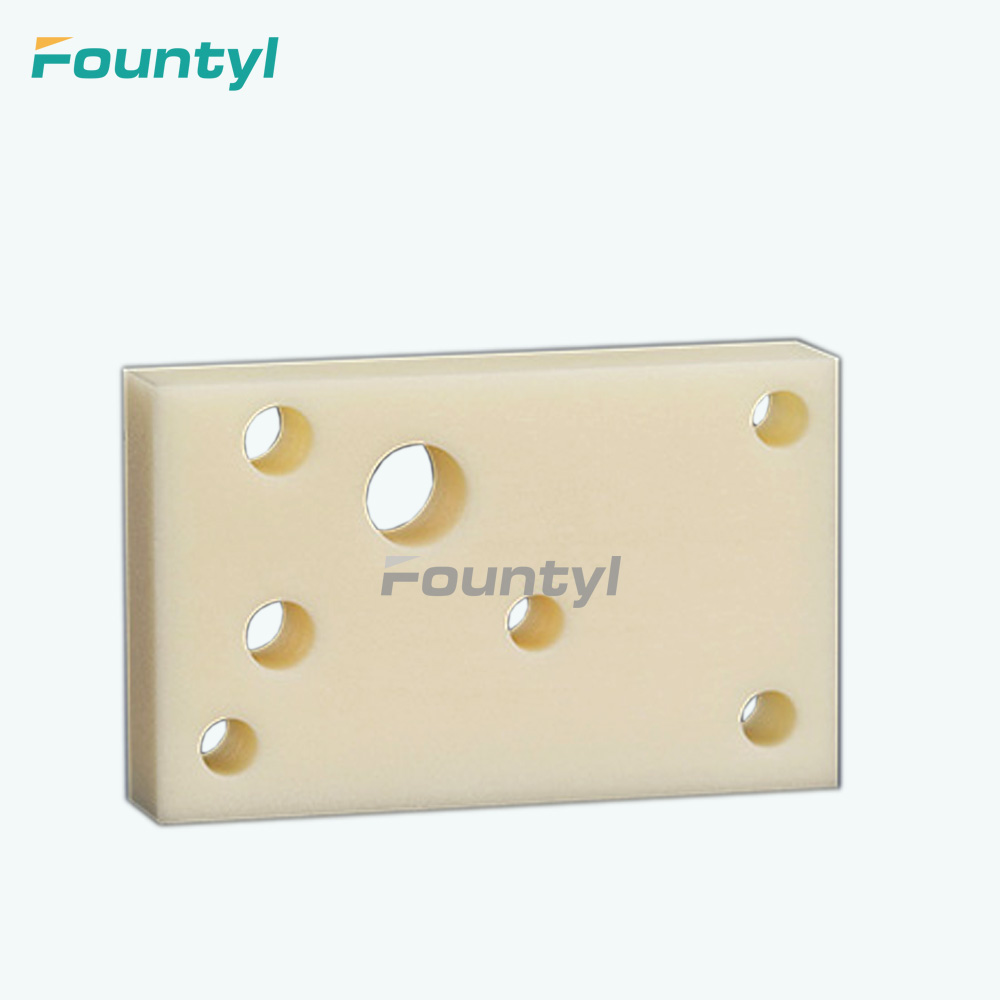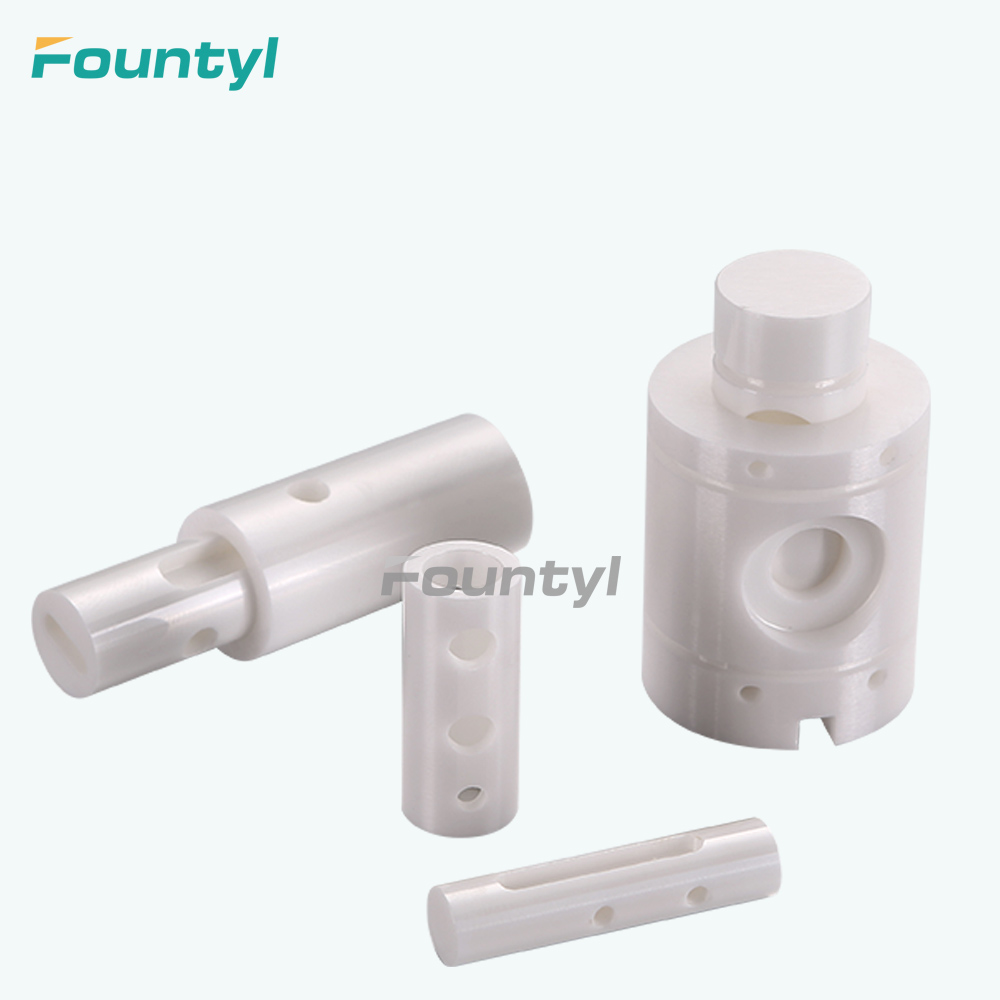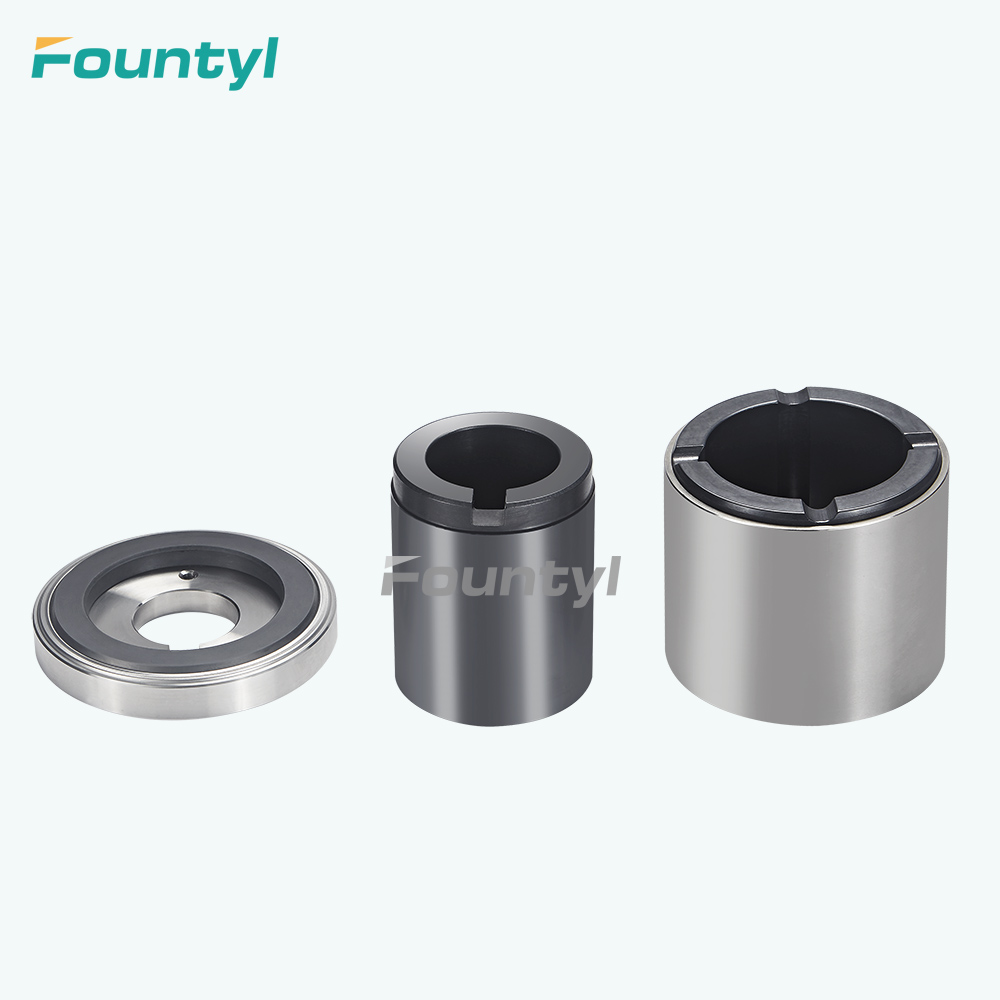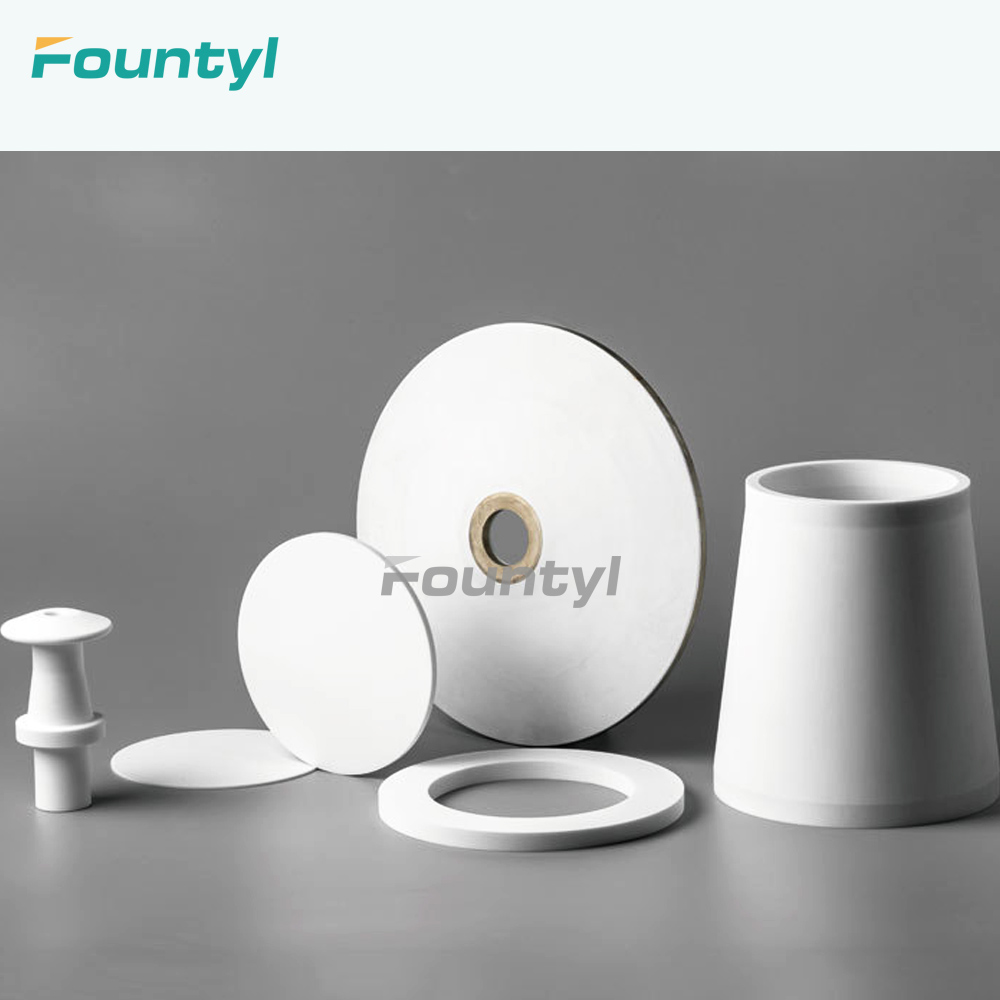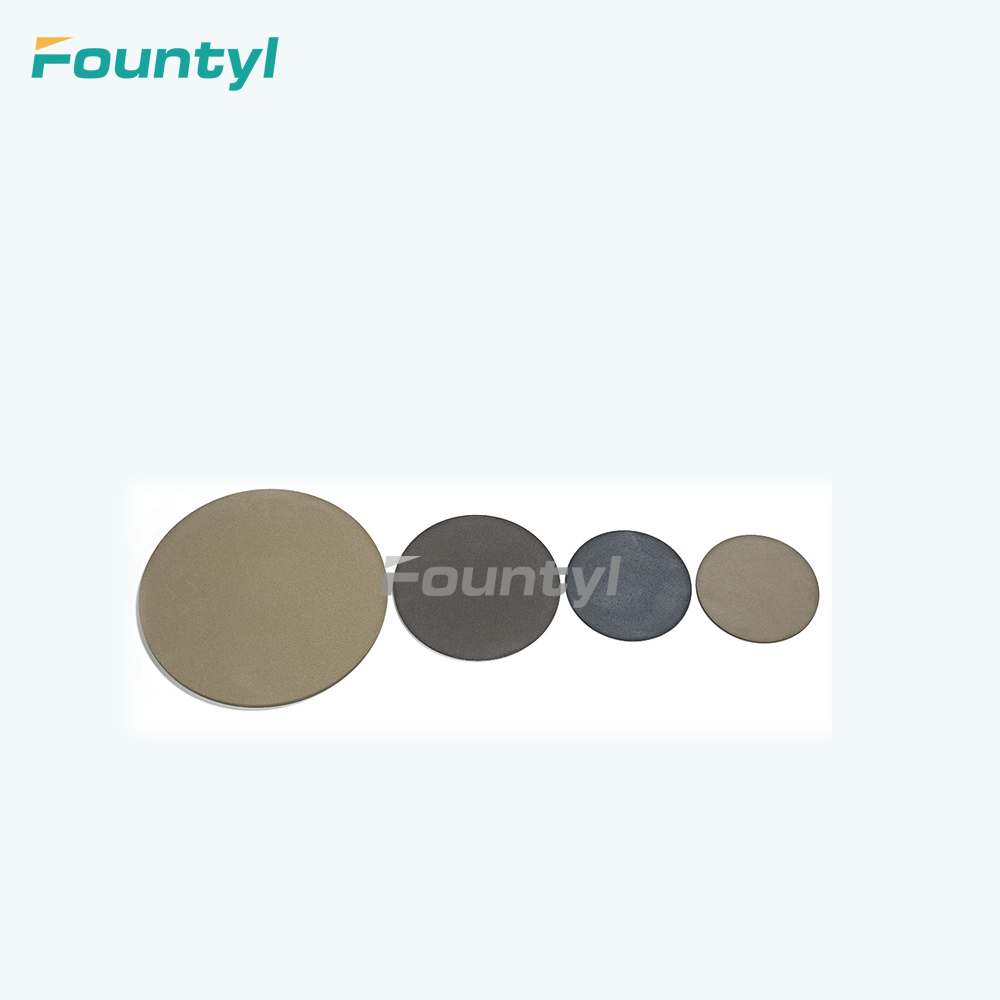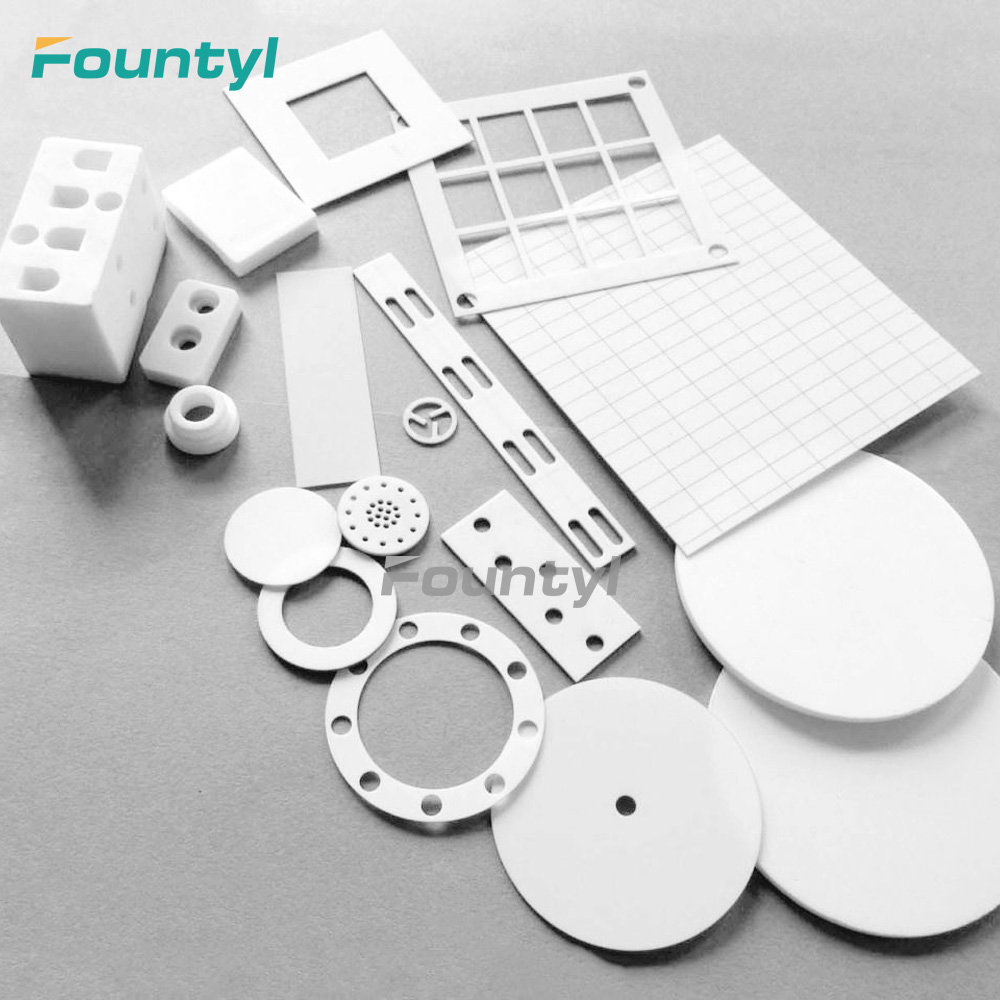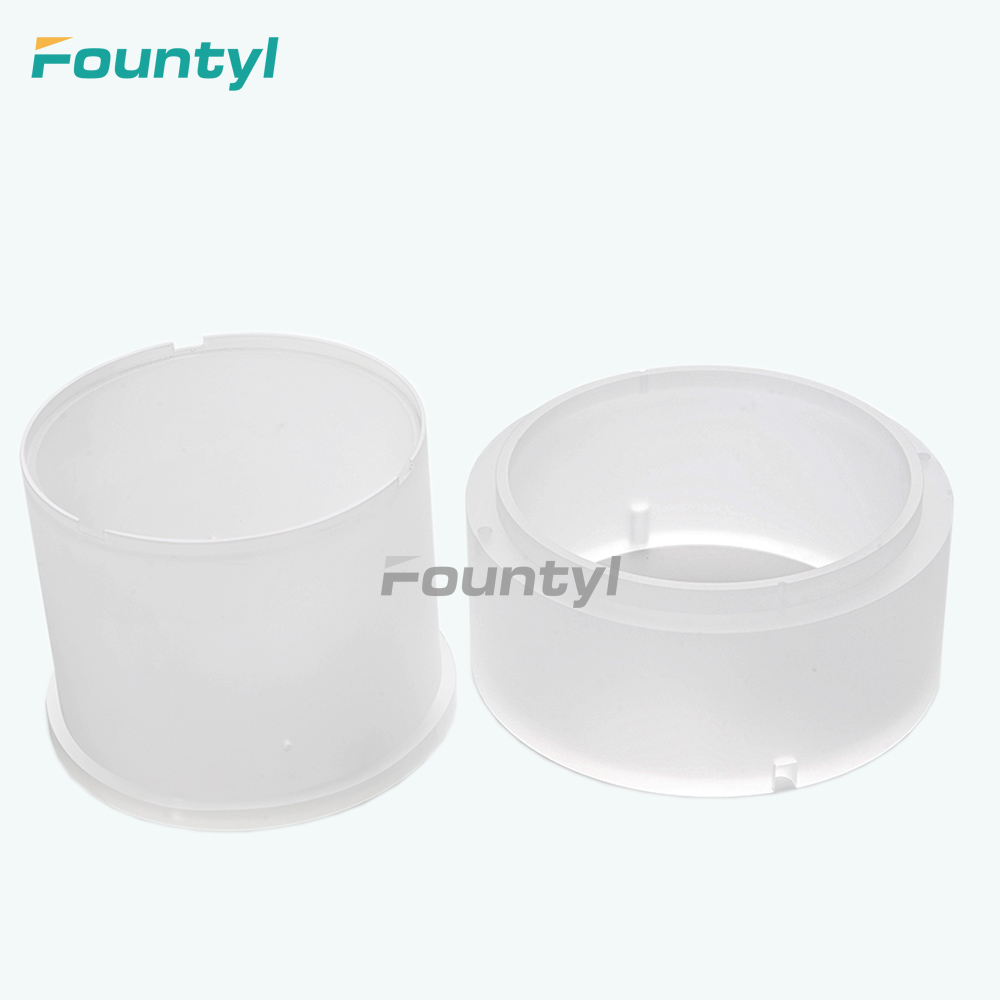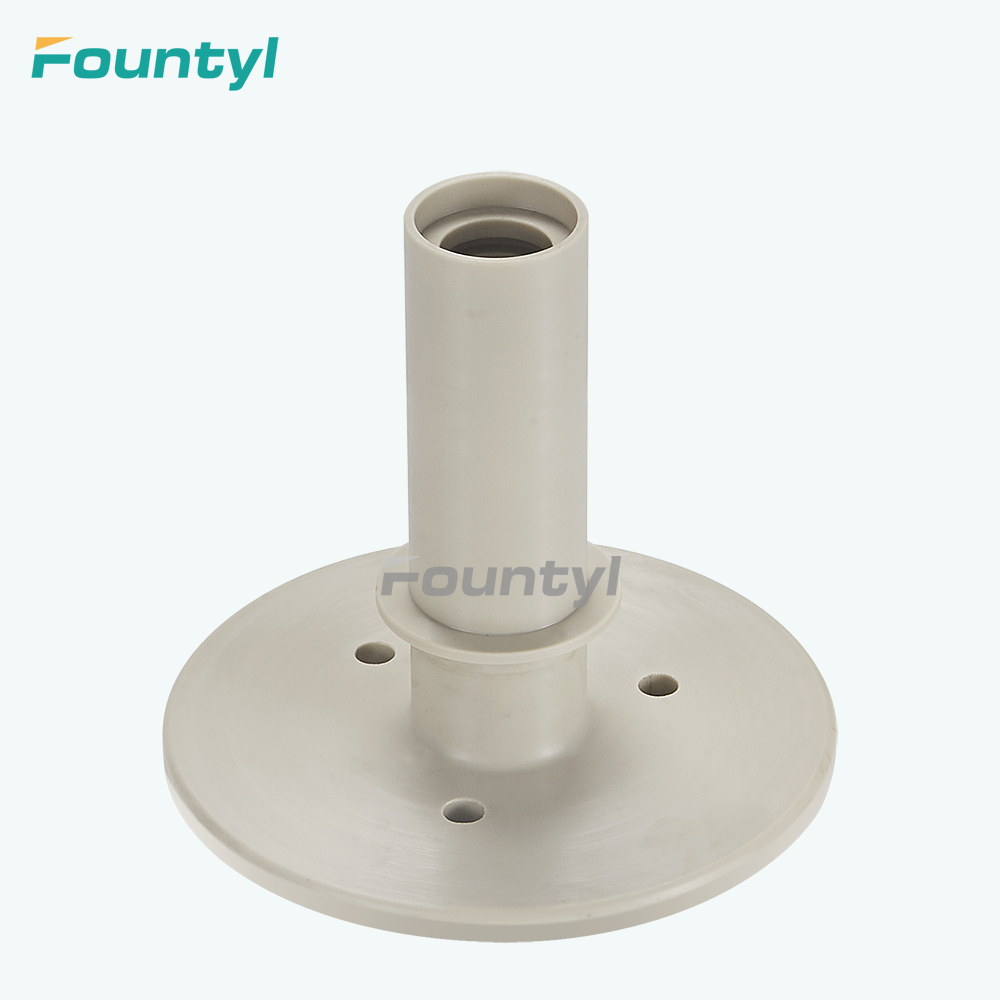PEEK material with high-performance engineering plastic in excellent heat resistance, chemical resistance, mechanical strength and dimensional stability
PEEK material is a high-performance engineering plastic with excellent heat resistance, chemical resistance, mechanical strength and dimensional stability.
Characteristics And Application Areas Of Peek Material
1. High temperature field: PEEK material performs well in high temperature environments and can withstand temperatures up to 300°C. Therefore, it is widely used in aerospace, automotive, chemical, energy and other fields of high temperature parts manufacturing.
2. Chemical corrosion field: PEEK material has good chemical corrosion resistance and can maintain stable performance in a variety of chemical media such as acids, alkalis and organic solvents. Therefore, it is widely used in the manufacture of chemical equipment, pipes, valves and other components.
3. Medical field: PEEK material has the characteristics of biocompatibility and non-toxic side effects, so it is widely used in the manufacture of medical devices and artificial organs. For example, vascular stents, artificial joints, tracheal intubation and other products made of PEEK materials have been widely used in clinical practice.
4. Electronic field: PEEK material has excellent electrical insulation properties and mechanical strength, so it is widely used in the manufacture of electronic equipment. For example, cable bushings, connectors, sockets and other products made of PEEK materials have been widely used in power, communications, computers fields.
5. Automotive industry: PEEK material has good heat resistance and mechanical strength, also has good friction resistance and chemical corrosion resistance. Therefore, it is widely used in the manufacture of automobile engine parts, transmission system parts, brake system parts.
PEEK materials have a wide range of applications and can meet the high performance requirements of different industries and fields. Through reasonable material selection and processing technology, high quality and high performance PEEK products can be produced
| Test method | Unit | Value | |
| General Properties | |||
| Density | DIN EN ISO 1183-1 | g/cm3 | 1.31 |
| Water absorption | DIN EN ISO 62 | % | 0.2 |
| Flammability(Thickness 3 mm/6 mm) | UL94 | V0/V0 | |
| Mechanical properties | |||
| Yield stress | DIN EN ISO 527 | MPa | 110 |
| Elongation at break | DIN EN ISO 527 | % | 20 |
| Tensile modulus of elasticity | DIN EN ISO 527 | MPa | 4000 |
| Notched impact strength (charpy) | DIN EN ISO 179 | KJ/m2 | - |
| Ball indentation hardness | DIN EN ISO 2039-1 | MPa | 230 |
| Shore hardness | DIN EN ISO 868 | scale D | 88 |
| Thermal properties | |||
| Melting temperature | ISO 11357-3 | ℃ | 343 |
| Thermal conductivity | DIN 52612-1 | W/(m・k) | 0.25 |
| Thermal capacity | DIN 52612 |
kJ(kg・k) | 1.34 |
| Coefficient of linear thermal expansion | DIN 53752 | 108k1 | 50 |
| expansion | |||
| Service temperature, long term | Average | ℃ | -60... 250 |
| Service temperature, short term(max) | Average | ℃ | 310 |
| Heat deflection temperature | DIN EN ISO 75, method A | ℃ | 152 |
| Electrical properties | |||
| Dielectric constant | IEC 60250 | 3.2 | |
| Dielectric dissipation factor (50Hz) | IEC 60250 | 0.001 | |
| Volume resistivity | IEC 60093 | Ω ・cm | 4.9*1016 |
| Surface resistivity | IEC 60093 | Ω | 1011 |
| Comparative tracking index | IEC 60112 | - | |
| Dielectric strength | IEC 60243 | KV/mm | 20 |



